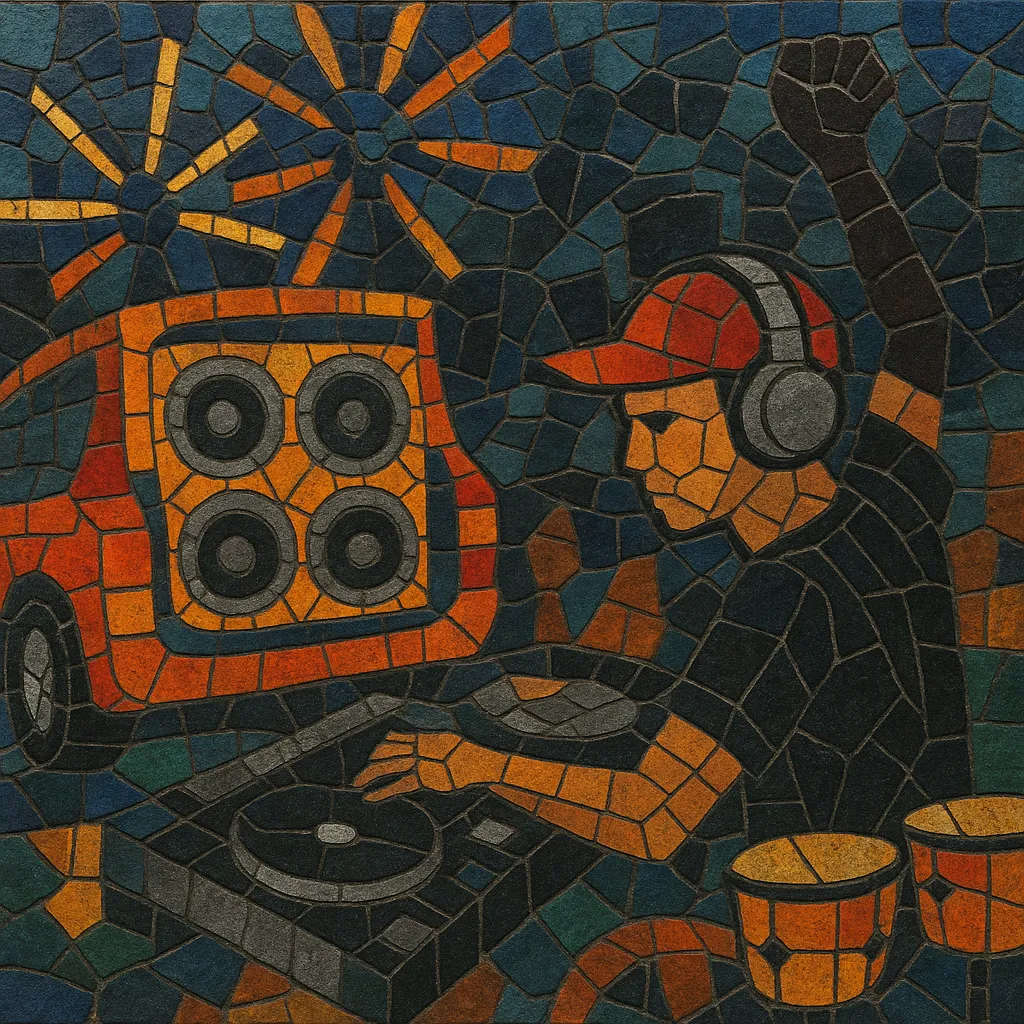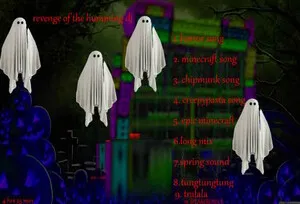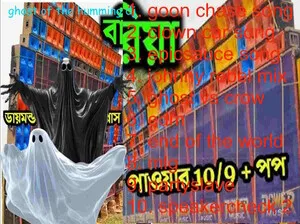Dek bass is a Thai street-party and car-audio oriented strain of bass-heavy dance music.
It prioritizes colossal low-end for sound system shows, biker and car meets, and informal outdoor gatherings, with simple melodic hooks, chant-like vocal tags, and relentless four-on-the-floor or tom-driven grooves.
Tracks are often distributed via YouTube and Facebook by local DJs and remix crews rather than formal labels, which gives the style a fast, meme-aware, and hyper-local circulation.
Sonically, it borrows from big-room/electro-house build-and-drop formulas and Miami-bass–style sub emphasis, but adapts them to the demands of Thai car-audio culture: long sub tests, ultra-dry kick–sub pairing, looped MC shouts in Thai, and functional arrangements designed to move bodies and shake panels.
Dek bass emerges from Thailand’s car-audio and street-party culture, where youth ("dek" in Thai colloquial speech) favor extremely loud, bass-forward music for open-air meets. Early adopters drew on big-room and electro-house drops and the low-end testing ethos of Miami bass, reworking them with Thai MC shouts and localized rhythms.
Rather than albums, the scene thrives on DJ edits, short remixes, and bootlegs posted to YouTube and Facebook pages. Local sound crews tailor tracks for their specific rigs (sub arrays in pickup trucks, mobile stages), emphasizing practical features: sub sweeps for system flexing, clear kick-sub separation, and straightforward builds to cue dancers.
By the late 2010s, dek bass consolidated recognizable traits—128–150 BPM drive, sparse melodies, tom and clap patterns, and Thai hype vocals. It interacted with neighboring Southeast Asian dance scenes (e.g., Vietnamese vinahouse and car-audio bass cultures), trading templates, drops, and edits while retaining a distinct Thai street flavor.
Today, dek bass remains a function-first microgenre: music engineered for the moment—live meets, social videos, and system demos. Its informal distribution and edit culture keep it agile, with new variants and viral remixes appearing weekly.








